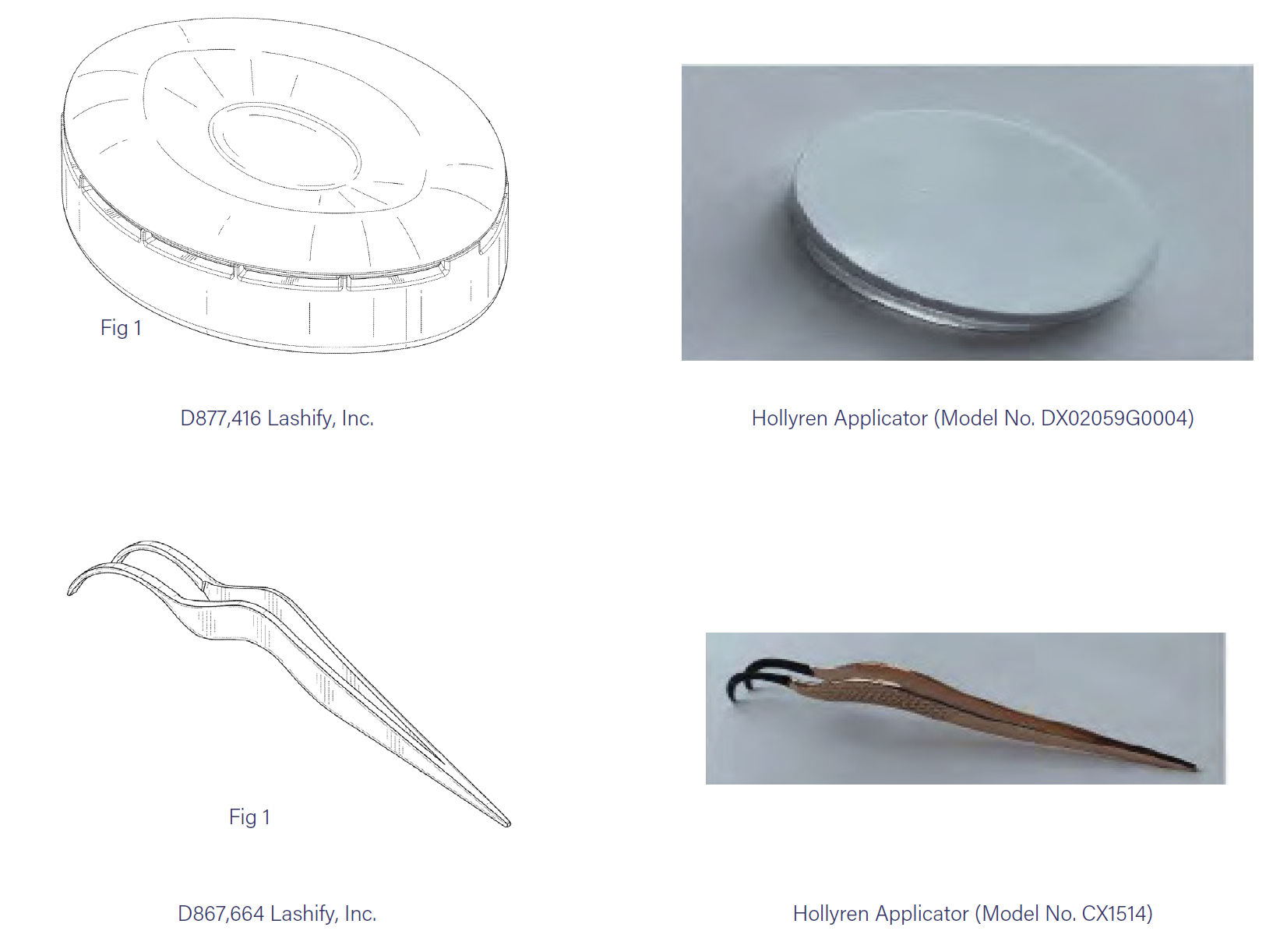The apparent trend of design patents outperforming utility patents on obtaining general exclusion orders (GEO) in ITC Section 337 investigations not only continued in 2022—it intensified. We previously reported that a survey of Section 337 investigations that terminated in 2015 through 2021 shows the rate of getting a GEO issued for investigations involving design patents is more than four times greater than those asserting just utility patents. Including Section 337 investigations that terminated in 2022, the rate of getting a GEO issued for investigations involving design patents grew to seven times greater than those asserting just utility patents.1
Design patents also appear to outperform utility patents on obtaining limited exclusion orders (LEOs) and cease and desist orders (CDOs) in Section 337 investigations. A survey of Section 337 investigations that terminated in 2015 or later show that about 35% of Section 337 investigations involving design patents obtained a LEO, compared to 18% for Section 337 investigations asserting just utility patents.2 For CDOs, 46% of Section 337 investigations involving design patents obtained a CDO, compared to 16% for Section 337 investigations asserting just utility patents.3
While neither remedy is as sweeping in scope as a GEO, which bans the importation of all infringing products into the U.S. regardless of source, a CDO and a LEO can be useful enforcement tools to prevent a named respondent in a Section 337 investigation from continuing to sell infringing products already in the U.S. (in the case of a CDO), and importing infringing products into the U.S. (in the case of a LEO).
Notably, 70% of Section 337 investigations that terminated in 2015 or later and asserting at least one design patent obtained a GEO, CDO, or LEO. And more often than not, the reason that most investigations asserting at least one design patent did not obtain any one of those remedies was because the patent holder and respondents reached a settlement agreement or the patent holder withdrew the complaint before the ITC issued a final determination—not the merits of the case.
Artificial Eyelash Extension Systems, Products, and Components Thereof (Inv. No. 337-TA-1226), which terminated in 2022, is noteworthy because it is one of two investigations asserting at least one design patent that resulted in a final determination issuing no GEO, LEO, or CDO based on the merits. There, the ITC Chief Administrative Law Judge (ALJ) determined that the asserted design patents D877,416 and D867,664 are valid, and that they are infringed by the accused Hollyren storage cartridge and Hollyren applicator. Compare representative images of the patented designs and accused designs below.
However, the ALJ concluded that no violation of Section 337 occurred, and therefore the patent holder Lashify, Inc. could not be granted any relief, because it did not establish that it satisfied the economic prong of the domestic industry requirement of Section 337 investigations.
The economic prong requires that a patent holder’s (or its subcontractors’ and/or licensees’) economic activity in the U.S. satisfies at least one of the activities outlined under subsections 337(a)(3)(A), (B), and (C):
A. significant investment in plant and equipment;
B. significant employment of labor or capital; or
C. substantial investment in its exploitation, including engineering, research and development, or licensing.
A design patent holder should therefore consider whether it can satisfy this requirement unique to Section 337 investigations when deciding whether to enforce in the ITC or district court.
1. 46% of Section 337 investigations involving design patents obtained a GEO, while only 6.4% of Section 337 investigations asserting just utility patents obtained a GEO.
2. Of the 26 investigations asserting at least one design patent, 9 obtained a LEO. In comparison, of the 328 investigations asserting just utility patents, 58 obtained a LEO.
3. Of the 26 investigations asserting at least one design patent, 12 obtained a CDO. In comparison, of the 328 investigations asserting just utility patents, 54 obtained a LEO.
This article appeared in the 2022 Design Patents Year in Review: Analysis and Trends report.
Related Industries
Related Services

Receive insights from the most respected practitioners of IP law, straight to your inbox.
Subscribe for Updates

